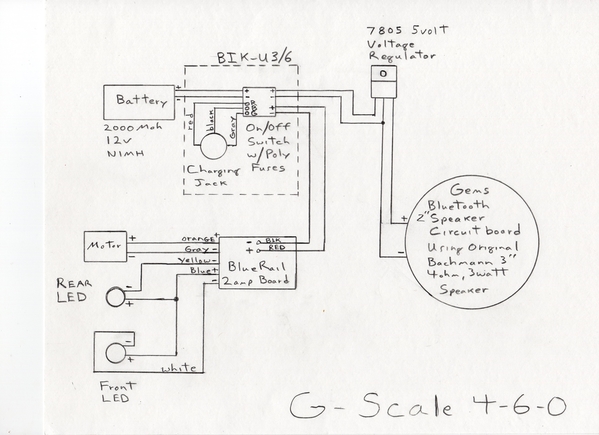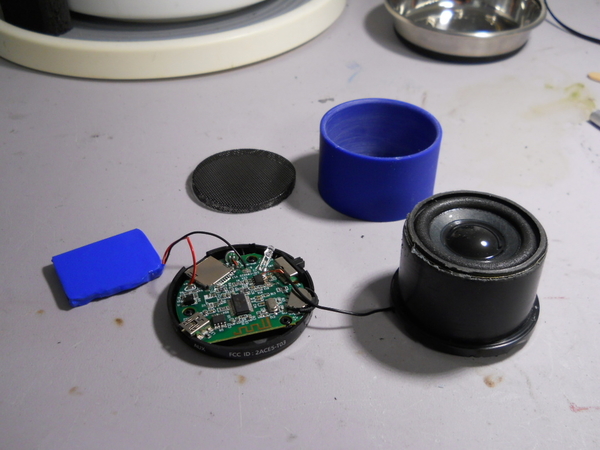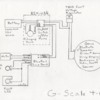I have a Bachmann G scale Annie 4-6-0 with BlueRail board (2amp) and bluetooth speaker assy installed, along with a 12v 2000Mah NiMh battery pack. I have an on/off switch and charging jack underneath and use my Ipad with BlueRail App to control it. With the bluetooth speaker installed (costs $5 fromTarget) the sounds now come out of the engine tender instead of thru the Ipad. Still use the original motor and it runs/sounds fine.
Here's the wiring diagram:

The BIK-U3/6 is a module, but all it is is a on/off switch, charging jack, and a couple of polyfuses. I got mine from RCS Australia.
I think any bluetooth speaker would work if it'll fit. I just put one in a Weaver O scale RS3, but it was one of those cube speakers that are a 1" cube.
Here's what the inside of the GEMS speaker looked like:

I removed the speaker and circuit board and installed it inline as the diagram shows. The blue rectangle is the battery that came in the GEMs unit, cut/reuse the wires to connect it to the voltage regulator.
Runs off the main 12v battery. You'll need a 5v regulator (7805). The BIK-U3 (or U6) makes wiring easy. Oh and a cable/plugs to go from the tender to the engine.










